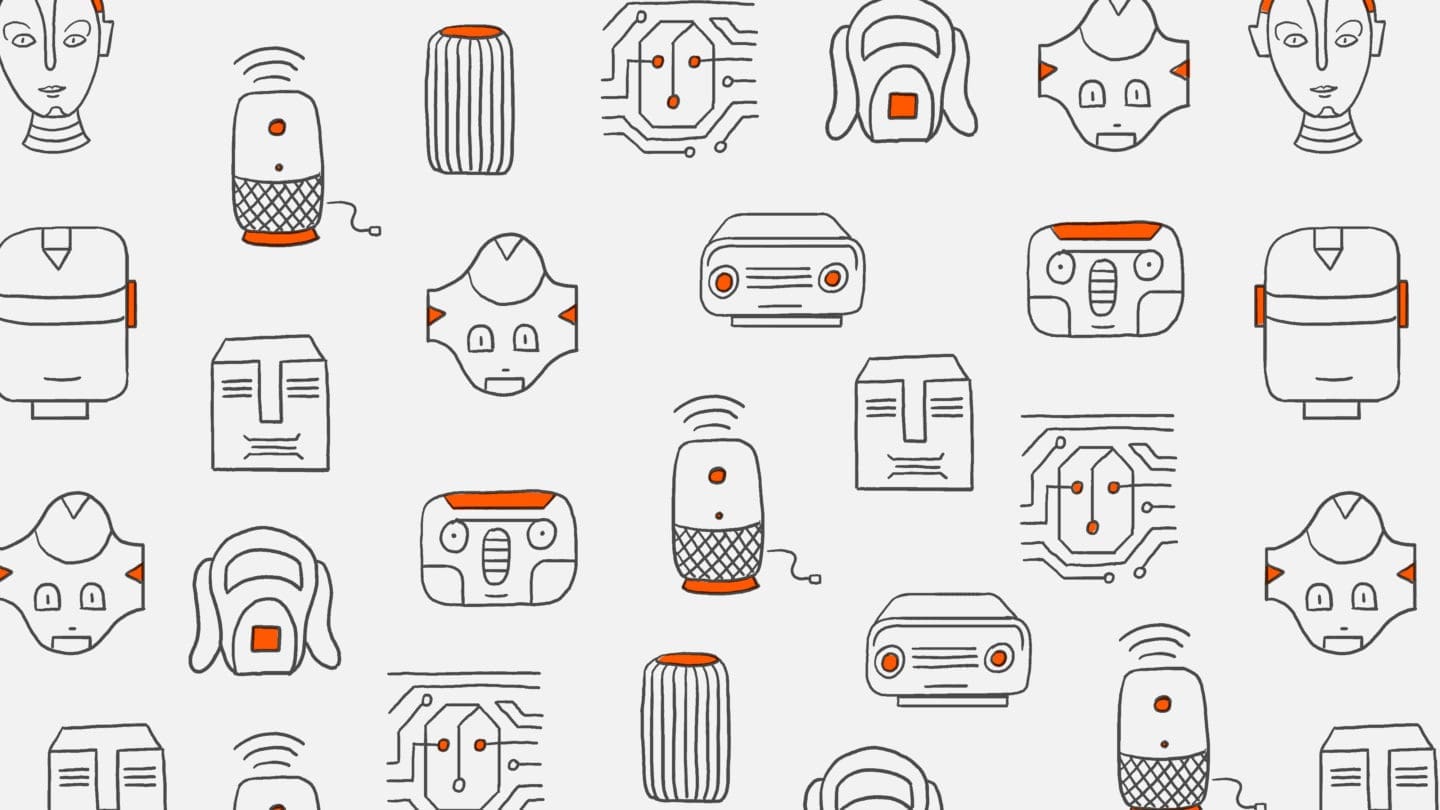Technological advances have always disrupted society. But AI brings a step change from prior technologies for how it influences the nature of our interactions, with significant if not yet fully foreseen or understood consequences for how we organize our societies. AI’s influence is outsized for its augmentation of human capabilities, for its challenges to what it means to be human and for its creation of a set of human–machine interactions that are qualitatively different from those of the past.
For the first time, we are adjusting to a reality in which one party has no agenda of its own
AI in the abstract is merely a complex system built on trust between humans and machines. For the first time, we are adjusting to a reality in which one party has no agenda of its own. Forging these bonds of trust will require us to push the boundaries of rulemaking for a broader lens and a tighter but flexible grip over this new, complex system.
To begin to lay the foundations for mapping this collective effort, we had the privilege of convening the world’s leading thinkers. They helped us identify emerging issues and key questions such as:
+ How will we manage the accountability for decision-making systems that increasingly complement— or even replace—human judgment and address their ethical considerations when we may not understand the implications of their algorithms?
+ How might algorithmic decision-making impact inequality and inclusion?
+ In what ways will consciousness, memory and emotion, which are now jointly created and expressed by human and artificial systems, influence social and legal norms?
Many of our social rituals and legal rules are based on commonly agreed definitions of personal rights, corporate law and who ultimately bears responsibility for individual and societal well-being. These enshrined relationships of power and justice that reflected the realities of their day are threatened today due to ongoing technological adaptation. Given the already apparent disruption of these fundamental ideas, the rapid pace of technological and societal change and the inability of our current rule-making systems to keep up, what are the mechanisms by which we can proactively shape a new set of rituals and rules to help us prepare for and wring more societal value from a technology-enhanced society?
With more questions than answers after our convening, much work remains. That is why later this year, we plan to bring together a group of thinkers who will begin mapping out the contours of a new AI governance system.
By framing the most important AI-linked issues we will face in the next 10 years, we can make commitments and procure resources to advance a new governance of AI that addresses this new paradigm.
These conversations serve as a starting point: the beginning of a dialogue—not only a dialogue among those currently engaged but one expanded to a broader audience. To reach that audience, we seek entry points and metaphors to create opportunities for those at both ends of the spectrum—those who believe AI will transform society for the better and those for the worse—to voice considerations that are most critical from their perspectives. Please join us on this journey.
Related Updates

AI+1: Shaping Our Integrated Future
As we speak—and browse, and post photos, and move about—artificial intelligence is transforming the fabric of our lives. It is making life easier, better informed, healthier, more convenient. It also threatens to crimp our freedoms, worsen social disparities, and gives inordinate powers to unseen forces. Both AI’s virtues and risks have been on vivid display […]
More- Report
AI+1: Shaping Our Integrated Future
The Rockefeller Foundation convened a unique group of thinkers and doers at its Bellagio Center in Italy to weigh one of the great challenges of our time: How to harness the powers of machine learning for social good and minimize its harms. The resulting AI + 1 report includes diverse perspectives from top technologists, philosophers, economists, and artists at a critical moment during the current Covid-19 pandemic.Download PDF